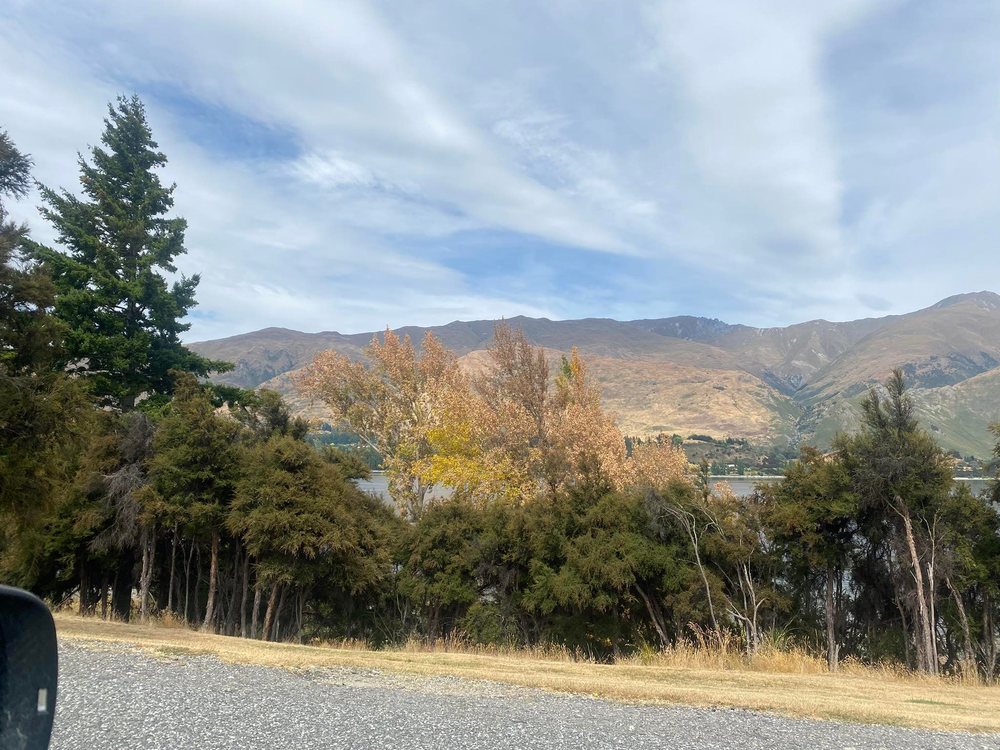Tree removal to lead to additional planting
Maddy Harker
26 August 2022, 5:04 PM
 The Tree Policy 2022 protects trees on public land by mandating the planting of an additional two trees be planted for every tree removed.
The Tree Policy 2022 protects trees on public land by mandating the planting of an additional two trees be planted for every tree removed.Three requests to remove and replace a number of trees on recreation reserves have been approved by Queenstown Lakes District Council’s (QLDC) and, under the council’s recently updated Tree Policy 2022, they will be replaced with twice as many trees.
QLDC parks manager Kenneth Bailey said any carbon removal lost by the removed trees would be replenished by planting native or non-spreading exotic trees in the area.
The requests approved so far have been located in Kelvin Heights, Queenstown, but the same criteria will apply district-wide.
“...for any tree removed on public land, two must replace it, and as these new trees start to flourish, Kelvin Peninsula will be transformed into a park-like space I’m certain future generations will cherish,” Kenneth said.

It’s not uncommon to discover poisoned trees in the district, the QLDC says.
None of the trees to be removed in the approved requests are ‘Protected Trees’ under QLDC’s District Plan, listed for potential protection in the Proposed District Plan, nor ‘Notable Trees’ in the NZ Tree Register.
The Tree Policy 2022 was approved by councillors at a full council meeting earlier this month.
A QLDC representative told the Wānaka App the policy was updated to clarify council's approach to public requests to remove trees; improve the layout of the policy in terms of following the life cycle of a tree from planting to potential removal; simplify information on working around trees; and to make the policy easier to read.
The new policy limits the number of reasons for which trees can be removed from public land.
They cannot be removed to minimise obstruction of views or commercial or advertising signage, or because they contribute to allergenic or irritant responses, among other reasons.
However, there is still some wiggle room: “Each public request to remove a tree is assessed against the policies set in the new document,” a QLDC representative said.
“For example, if someone requested the removal of a tree due to its effect on their health this would be considered with reference to Policy 4.18,” they said.
“Many trees produce high levels of pollen at certain times of year but a tree would not be removed unless it was decided that it was having a significant effect on the applicant’s day-to-day living.”
In February this year two groups of trees were suspected of being poisoned: one was a group near the lake’s edge at the northern end of Beacon Point Road and a second at the lake’s edge near the junction of Lakeside Road and Beacon Point Road.
QLDC media and channels advisor Sam White said a QLDC arborist inspected the trees at the first location and found a group of mature poplar trees exhibiting signs of “advanced decline”.
Three of the trees had drill or auger holes in it, and an arborist concluded it was likely the trees were in decline because of herbicide being used to poison them.
Read more: Council seeks poison perpetrator
There was a similar incident 50 metres from the location approximately three years before when two established birch trees died as a result of drilling and herbicide.
Sam said the discovery of poisoned trees in the district is “not uncommon”.
PHOTOS: Wānaka App






